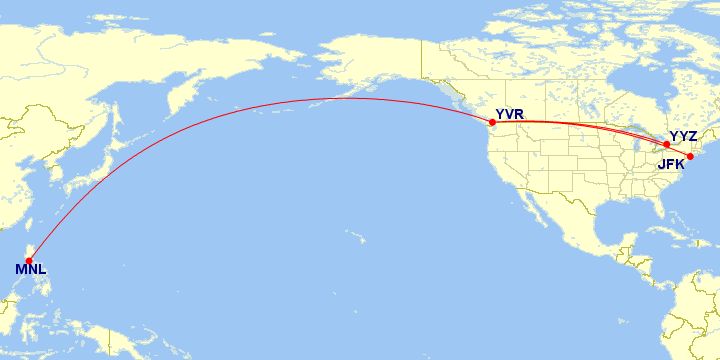The flag carrier of the Philippines, Philippine Airlines, has an important role in connecting people to its country while also providing important air services between the various islands of the Philippine Archipelago. Today, we examine its fleet of 75 aircraft, where they're flying, and how this fleet is much smaller than it used to be.
The Philippine Airlines fleet at a glance
A quick overview of the Philippine Airlines fleet shows us the following types and quantities:
- 11x De Havilland Canada DHC-8-400
- 13x Airbus A320-200
- 22x Airbus A321-200
- 8x Airbus A321neo
- 9x Airbus A330-300
- 2x Airbus A350-900
- 11x Boeing 777-300ER
These figures also include aircraft operating under the carrier's regional subsidiary, PAL Express. This division is responsible for operating some of the carrier's Airbus A320s and A321s, as well as all the DHC Dash 8s.
Additionally, anyone who is familiar with the historical operations of the airline will see that the carrier's larger jets are absent. The carrier once flew big jets like the Airbus A340-300 and Boeing 747-400. Unfortunately, for big jet-lovers, the airline retired the former in 2018 and the latter in 2014.
Get the latest aviation news straight to your inbox: Sign up for our newsletters today.
Island-hopping turboprops
When it comes to the 11 De Havilland Canada Dash 8-400s, these PAL Express-operated turboprops connect smaller airports with bigger destinations like Manila and Cebu. With an average age of six years, these birds aren't too old. And if we dig deeper, we can see that a single Dash 8-400 is severely impacting the fleet's average age, as the aircraft registered RP-C3036 is about twenty-two and a half years old. This aircraft is currently parked, while the other 10 jets are listed as operational. The youngest of these turboprops are a little less than three years of age.
With the exception of RP-C3036, which has 76 seats, all other Dash 8-400s are fitted with a single class layout of 86 economy seats.
Short and medium-range narrowbody jets
For slightly higher-capacity operations and services that require more range than the Dash 8s are capable of, Philippine Airlines relies on its A320 and A321 narrowbodies.
The A320 fleet is mainly operated by PAL Express, which means these jets fly mainly domestic services within the Philippines. Meanwhile, the longer fuselage and longer-range A321s operate a mix of domestic and international routes.
When it comes to international service, the A321s serve cities in the region such as:
- Bangkok
- Guam
- Kuala Lumpur
- Phnom Penh
- Singapore
However, both the A321-200s and A321neos are also tasked with some longer-range services, including flights to:
- Brisbane
- Busan
- Hong Kong
- Nagoya
- Osaka
- Port Moresby
- Seoul
- Tokyo (Haneda and Narita)
When it comes to age, the A320-200s are the oldest, with an average of 13 years. The A321-200s are a bit younger, with an average of about eight years. Meanwhile, the next-generation A321neos average just under four years of age.
The Airbus A330-300
Naturally, Philippine Airlines' collection of widebody aircraft serves the airline's longest routes. According to current FlightRadar24.com data, the carrier's destinations in the Middle East (Dammam, Doha, Dubai, and Riyadh) are served by some of its nine Airbus A330-300s. This fleet has an average age of just over eight and a half years and is configured with three classes - business, premium economy, and economy.
The Airbus A330 is also deployed on a series of rather interesting transpacific services. The first is the airline's Manila to Los Angeles service via Honolulu, which currently has flight numbers PR100/101 and PR113. The second is a Manila to Los Angeles service via Seoul, which operates as PR112. Digging a little deeper, it looks like PR112/113 sees an A330 fly from Manila to Seoul, then from Seoul to Los Angeles, then from Los Angeles to Manila via Honolulu. It's quite an interesting mix of stopovers, with Los Angeles to Seoul being offered as its own bookable fifth-freedom service.
.jpeg) A shrunken A350 fleet?
A shrunken A350 fleet?
Configured with 30 seats in business, 24 in premium economy, and 241 seats in economy, the A350-900s flying for Philippine Airlines are noticeably more premium-heavy than the A330s. This makes sense, considering the fact that the type is the carrier's newest and most modern widebody aircraft. While the airline now has just two A350s, this wasn't always the case.
Indeed, anyone who has followed the Philippine Airlines fleet over the years will notice that the carrier once had six Airbus A350-900s. Considering the fact that this is a new and efficient type, a reduction in this particular fleet is more on the rare side - with LATAM and South African Airways being two other examples of carriers that have given up their A350s.
In the case of Philippine Airlines, the reduction of the A350 fleet by four jets was carried out due to the airline making its way through the bankruptcy process. This was done in the hopes of simplifying its operations and lowering expenditures. The four jets went to German airline Lufthansa, with that airline now operating 21 A350-900s.
In 2021, we reported that the airline also had plans to reduce its Boeing 777 fleet. Interestingly, however, it appears that the airline held on to these widebodies, with all 10 still listed as part of the carrier's fleet. At the same time, three of the 10 777s are currently listed as parked.
Despite the smaller fleet, it looks like the decision to restructure and give up the A350s has paid off. Indeed, the past August saw Philippine Airlines post what it called "record profits." The airline declared $1.1 billion in revenues for the first six months of 2022, which it says is a 258% improvement from the same period in 2021.
The Boeing 777-300ER
Configured with just two classes, the Boeing 777-300ERs flying for Philippine Airlines have 42 seats in business class and 328 in the economy cabin. These high-capacity widebodies average just over eight and a half years and fly some of the airline's longest routes along with the A350s. Services include:
- New York
- San Francisco
- Toronto
- and Vancouver
Interestingly, in 2019, the airline was in discussions with Boeing to acquire two new Boeing 777X aircraft. The US planemaker was reported to be pushing the 777X as a replacement for two of the carrier's older 777-300ER aircraft. Since we reported on that plan in 2019, nothing has really developed further. The most likely reason for this lack of change are the events of 2020 and the negative financial impact it had on the carrier. The airline's oldest 777s are about 13 years old. While they are nowhere near factory fresh, the two jets at this age could probably operate reliably for at least a few more years - especially if well-maintained. This will work well for the carrier, as Boeing is still a few more years away from the 777X entering commercial passenger service. But do you think Philippine Airlines should eventually update its 777-300ER fleet to the 777-9? Or should it modernize with Airbus A350s instead?
Technical stops and longer flights
With Philippine Airlines emerging from the bankruptcy process at the start of 2022 or end of 2021, the airline should have had very favorable conditions for turning a profit. While easing border restrictions and pent-up travel demand have helped greatly, the airline would face a new headwind due to Russia's invasion of Ukraine.
On April 1st of this year, Philippine Airlines announced that it would be taking the precautionary measure of avoiding Russian airspace due to concerns related to the ongoing Russia-Ukraine conflict. The result of this circumvention of airspace results in a one-hour refueling stop and an overall longer routing and travel time over the Pacific. The jets departing New York JFK and Toronto Pearson both stopover at Vancouver International Airport to "top up" before the long flight across the Pacific. The carrier used to fly a fifth freedom service between Vancouver and New York, but this was discontinued in 2018.
Flying east out of Manila, the carrier's PR126 and PR118 services continue to operate nonstop, from Manila to New York JFK, and nonstop from Manila to Toronto respectively. Due to prevailing winds, flights in this direction don't need to make a refueling stop in order to avoid Russian airspace. Philippines media outlet Journal News notes that the airline "seeks the understanding of passengers for this necessary step, as safety and operational integrity remain the cornerstone of PAL operations." The airline says that it will revert to nonstop JFK-MNL and Toronto-MNL services as soon as operational issues are resolved.
The airline's Manila to JFK service ranks as the 8th longest route in the world this October, with a distance of 8,520 miles (13,712 km) and a block time of 16 hours and 15 minutes.
So there is your deep dive into the fleet of Philippine Airlines. The carrier's current list of long-haul, transcontinental destinations is much smaller than other flag carriers, but its very clear that the airline shines when it comes to domestic and regional connectivity, using its fleets of Dash 8 turboprops and A320 family aircraft.
Have you flown with Philippine Airlines before? Share your experiences by leaving a comment.
Sources: Planespotters.net, Aviation Updates, FlightRadar24.com, Journal News

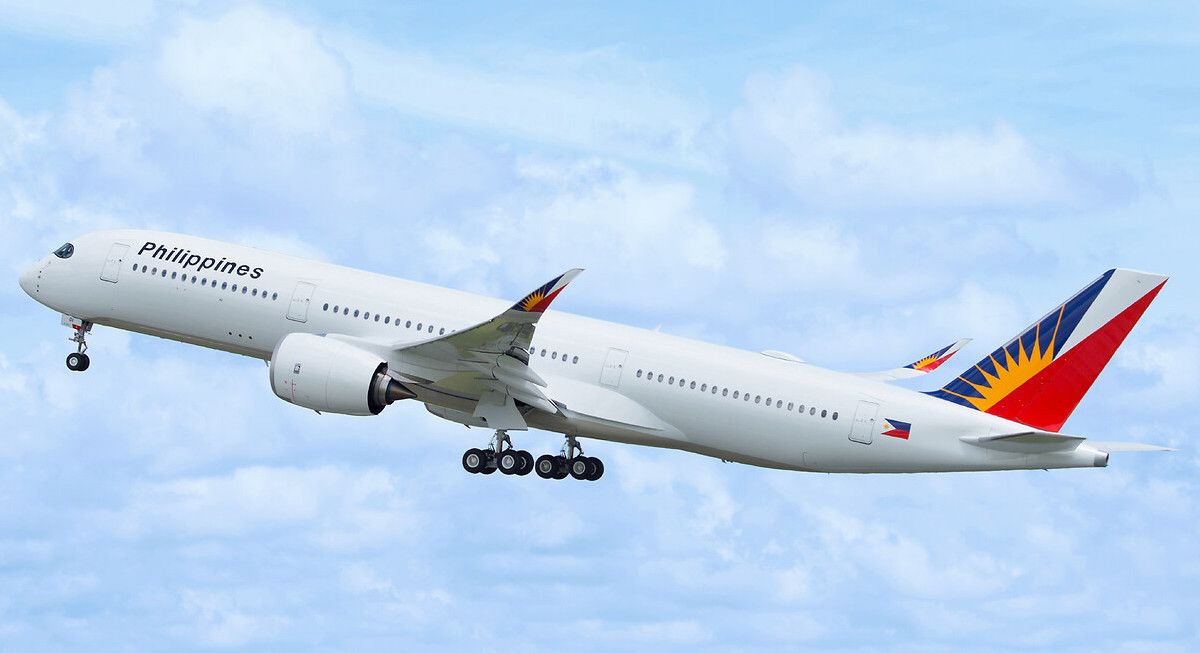
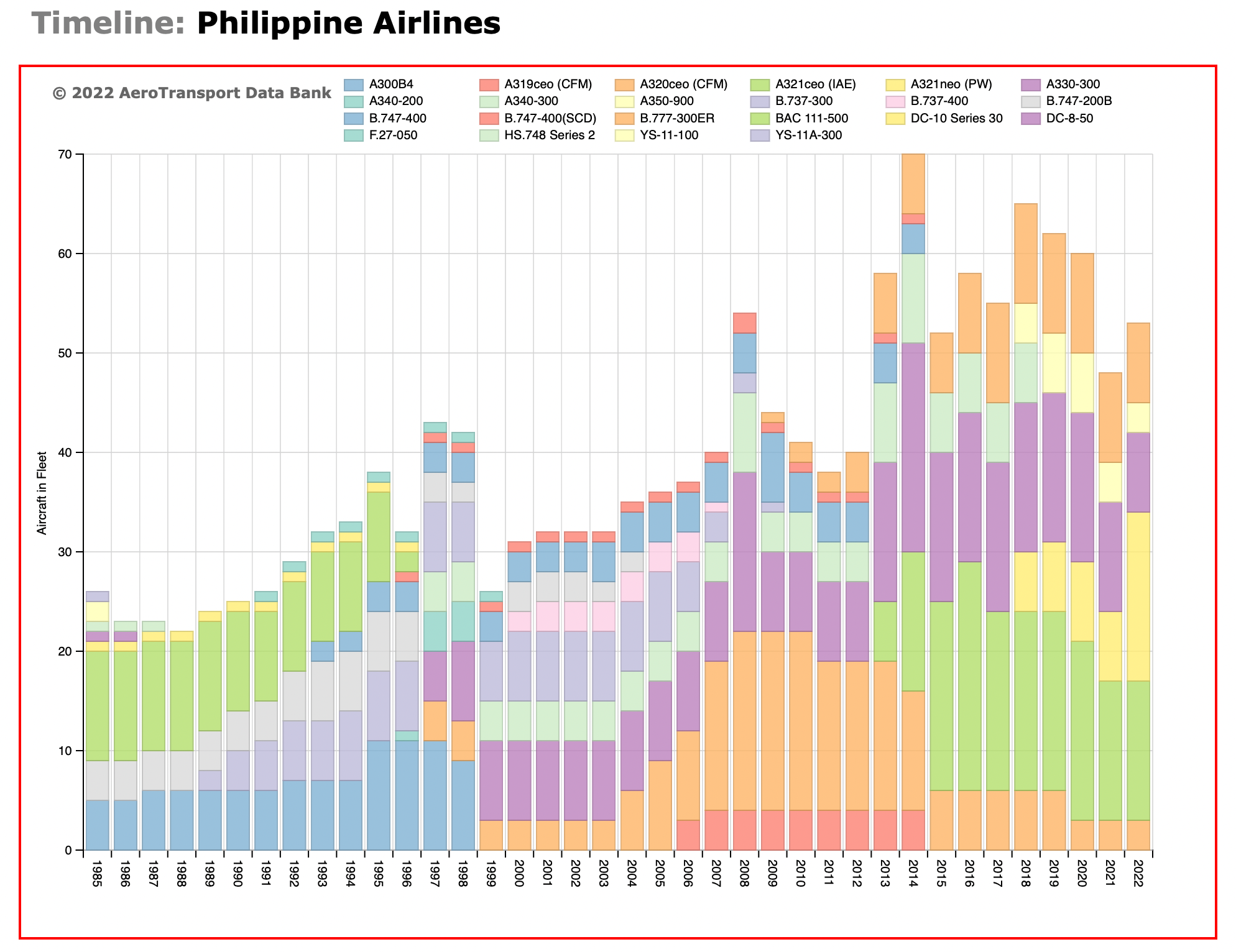
_DHC-8-Q400_(RP-C5903).jpeg)
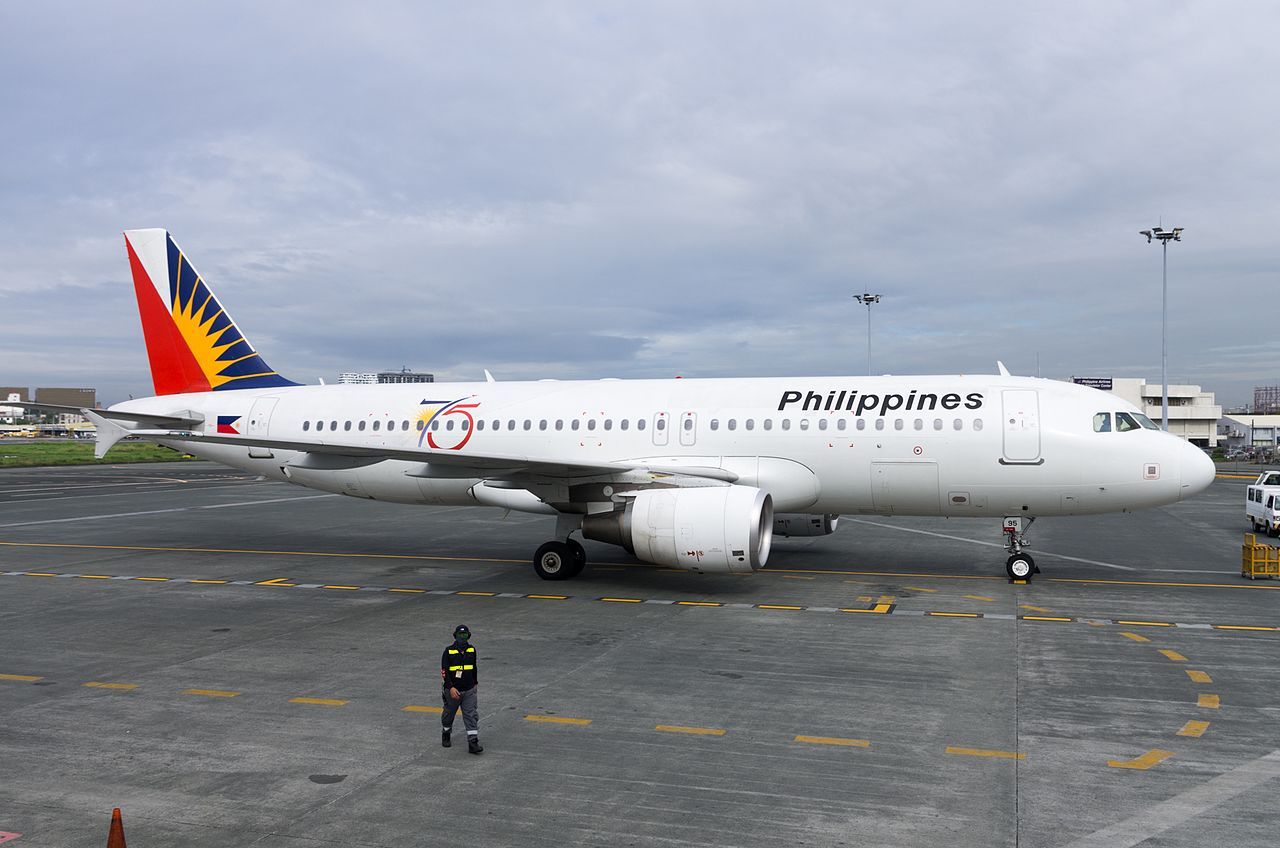
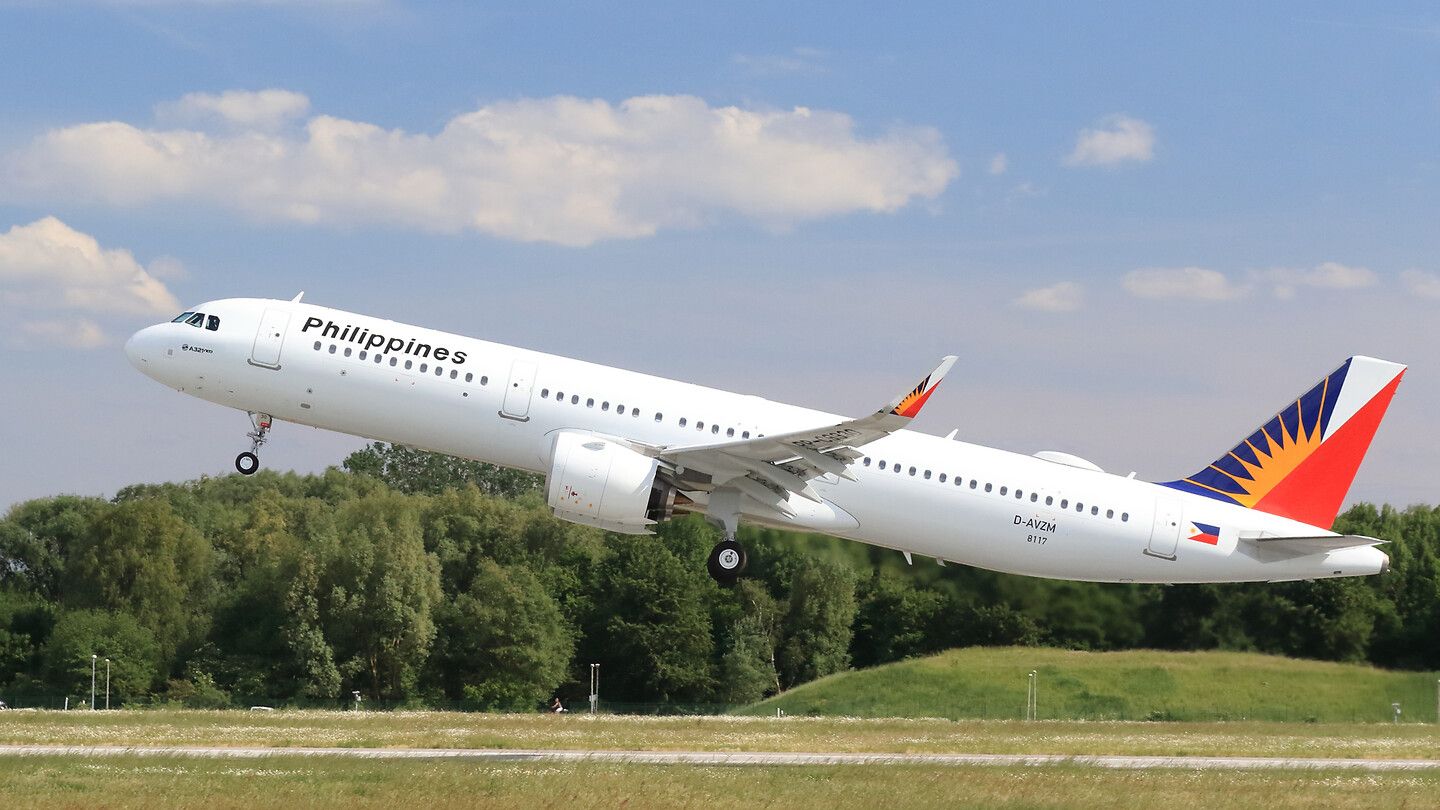
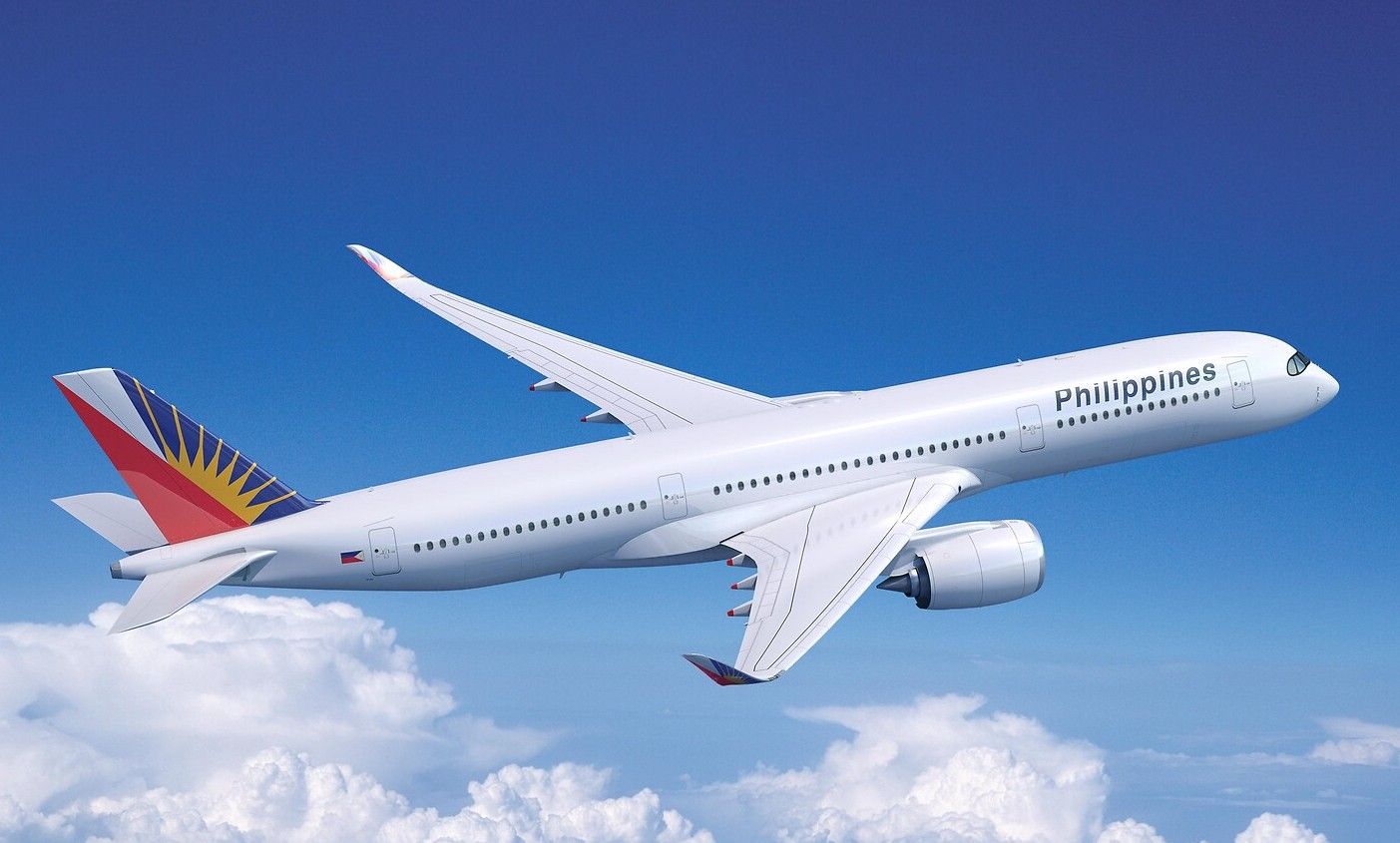
.jpeg)
